Industrial Hardware and Machine Parts
MICROCHIP non-volatile memories
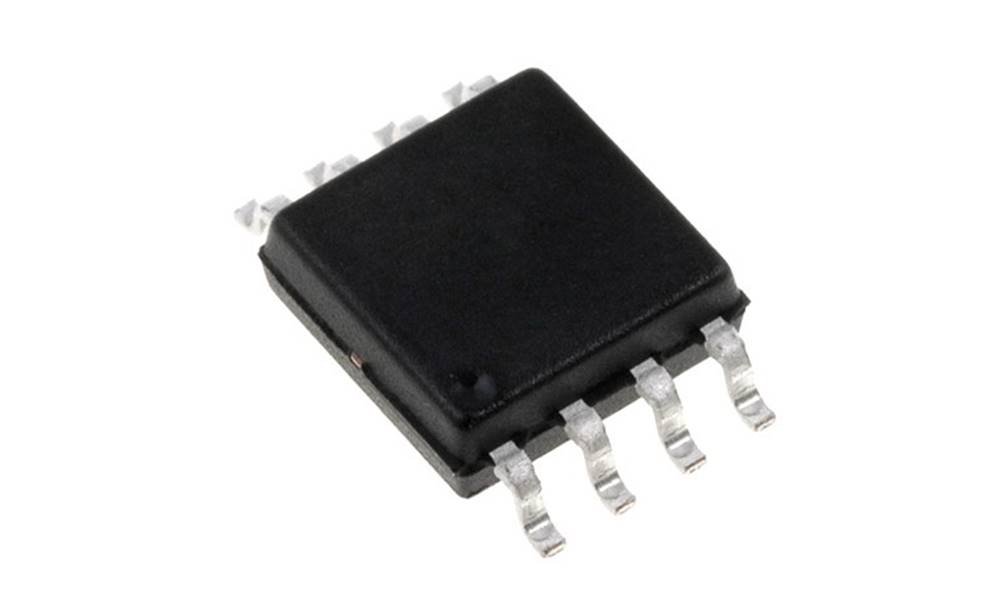
The demand for non-volatile memory is largely due to the continuous development of mobile devices, which require more and more memory capacity. This particularly applies to cameras, smartphones, tablets or cameras. Growing market expectations propel the ongoing improvement of non-volatile memory manufacturing technologies.
The core idea behind non-volatile memory is to store data when there is no power supply. However, the power supply is necessary for data saving and reading.
Both Microchip and Atmel (which was acquired by Microchip) have extensive experience in the manufacture of non-volatile memories. The manufacturing process is carried out in the company’s own silicon factories. Advanced test procedures are employed to maintain the highest level of quality. The manufacturer’s portfolio also includes AEC-Q100 certified memories for automotive applications. It is also worth mentioning that all memory chips introduced so far on the market are still manufactured.
EEPROM
EEPROM (Electrically Erasable Programmable Read Only Memory) memories belong to the group of non-volatile memories. Solutions of this type are most often used in applications which require the presence of reprogrammable areas of ROM memory, especially with regard to storing system configuration data.
Taking into account the interface, EEPROMs can be serial or parallel. Serial memories (24xx series with I2C interface, 25xx series with SPI interface, 93xx series with Microwire interface) are usually manufactured in DIP and SOIC enclosures. Their capacity usually amounts to several dozen kB. It is thanks to the serial interface, small size and low energy consumption that such memories are very often used to store device serial number data or configuration and manufacturing data. There are also serial memories with a unique 48- or 64-bit address that is pre-programmed in the factory, which can be used as the MAC address of the device.
The 28xx series includes parallel memories. It is worth mentioning that they are compatible with EPROM 27xxx series memories in terms of reading and output features.
The area of application of EEPROM memories mainly includes industrial electronics – measuring devices and control systems, safety and alarm systems, sensors or battery chargers. They can also be found in IoT devices, medical devices and in the automotive segment. Moreover, EEPROMs are also applied in consumer electronics, i.e. in computer equipment, household appliances & audio/video devices.
The fact that Microchip continues to support legacy EEPROMs – 1.2um – 0.7 – 0.5 – 0.4 – 0.25 – 0.18 – 0.13um – plays an important role in ensuring the continuity of device production.
The development of EEPROMs primarily involves reducing energy consumption and introducing support for new interfaces. The asynchronous UNI/O bus developed by Microchip in 2008 is worth mentioning here (11xx series). It is based on a single bi-directional SCIO (Single Connection I/O) data line, which gives a total of 3 outputs for SOT23 and TO92 enclosures. The latest solution is the memory with a Single-Wire interface (21CS series), in which the power is supplied to the system through a bi-directional data line, which allows to reduce the number of outputs from the system to just two (SI/O + GND).
Flash
When compared to EEPROM, FLASH non-volatile memories are characterized by shorter write and read times, which, however, means that it is impossible to write and read single bytes. In this case, read and write are executed in larger areas of memory, so called pages (128/256 bytes). Flash memories offered by Microchip are fitted with a parallel (SST39 series) or serial interface (SPI in SST25 series, SQI in SST26 series). Key parameters of Flash memory include: memory capacity (4 Mbit), operating frequency (e.g. 40 MHz), operating voltage (e.g. 2.3 – 3.6V), housing type (e.g. TDFN8), mounting method (e.g. SMD) and operating temperature (e.g. -40-85°C).
It is worth mentioning the SuperFlash technology used in the systems, which ensures reduced power consumption with a very short data deletion time. The SQI interface, on the other hand, provides fast data transmission with a minimum number of outputs.
EERAM
EERAM is a combination of high-speed SRAM (Static Random-Access Memory) and non-volatile EEPROM, which stores a copy of SRAM (I2C, 47x series). Thanks to this configuration the contents of the cache can be restored from the backup copy in case of power supply problems. Therefore, EERAM is based on an external capacitor, which is the source of backup power for the time needed to copy the memory content.
It is worth mentioning similar NVSRAM (Non-volatile Static Random-Access Memory – 23XX series) systems, which also feature RAM backup. The difference is that for such chips to operate properly, an additional power supply is required, namely a battery or a rechargeable battery, (not needed in the case of EERAM), which has an impact on the device manufacturing cost.
Furthermore, the number of data writing and reading operations is unlimited. Depending on application requirements, you can choose an EERAM of 4kb or 16kb.
During operation, the internal logic is responsible for real-time power status monitoring. As a result, all power supply losses and drops are detected, taking into account the accepted threshold (Vtrip). If any of these statuses is detected, the SRAM content is copied to the EEPROM. The external capacitor connected to the Vcap output of the system is also important here. When the supply voltage returns above the Vtrip level, the EEPROM content is copied to the SRAM. It should be noted that the SRAM content can be restored at any time by means of a software trigger. To sum up, EERAMs are perfectly suited for use in applications where frequent and quick updating of memory cell content is required, while ensuring that the data stored there is preserved in case of power loss. They are therefore a perfect match for measuring instruments (electric, gas and liquid meters), industrial and consumer electronics (POS terminals, information kiosks, printers) and automotive solutions (data loggers, sensors).
More information is available on the website of Transfer Multisort Elektronik (www.tme.eu) – an official distributor of Microchip Technology.
-
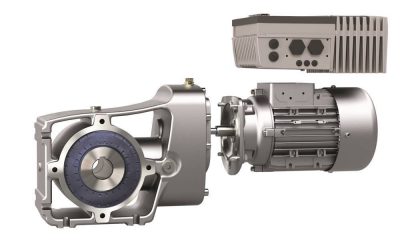
 Drive systems5 years ago
Drive systems5 years agoIntelligent frequency inverters for digital production
-
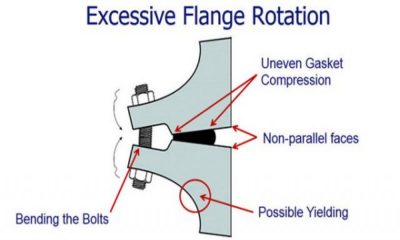
 Industrial Hardware and Machine Parts8 years ago
Industrial Hardware and Machine Parts8 years agoThe necessity of bolted flange connection training
-
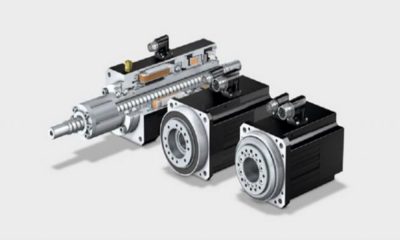
 Motors8 years ago
Motors8 years agoNew generation of hollow shaft motors
-

 Industrial Hardware and Machine Parts7 years ago
Industrial Hardware and Machine Parts7 years agoABB and Formula E partner to write the future of e-mobility
-
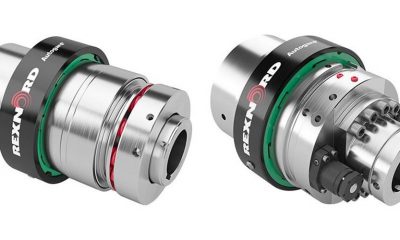
 Industrial Hardware and Machine Parts7 years ago
Industrial Hardware and Machine Parts7 years agoRexnord adds to its Autogard Torque Limiters with the XG Series
-

 Motors8 years ago
Motors8 years agoZF Technology on the Winners’ Podium of the Dakar Rally 2017
-
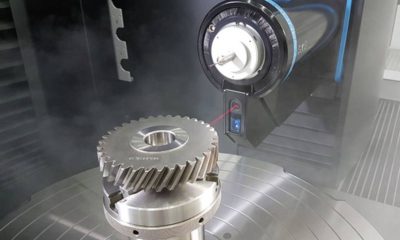
 Gear drives7 years ago
Gear drives7 years agoKlingelnberg at control 2018: Tactile and optical measurement on one machine
-
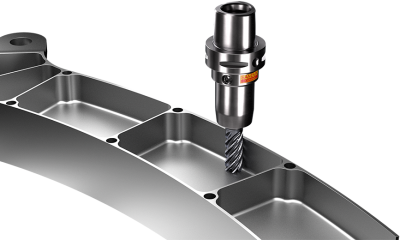
 Motors7 years ago
Motors7 years agoGet a first-class ticket to productivity
-
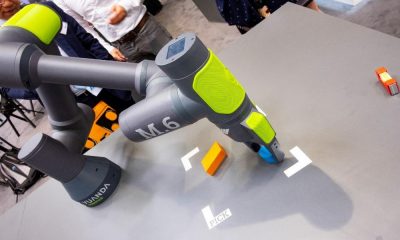
 Motion control6 years ago
Motion control6 years agoWhere the robots come from?
-
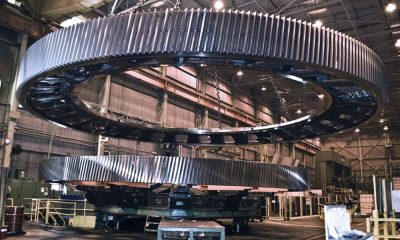
 Motion control7 years ago
Motion control7 years agoRexnord to Acquire Centa Power Transmission
-
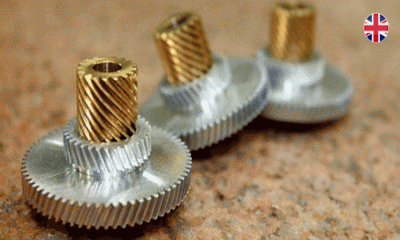
 Industrial Hardware and Machine Parts8 years ago
Industrial Hardware and Machine Parts8 years agoCustom hobbing tool enables 45-degree angles
-
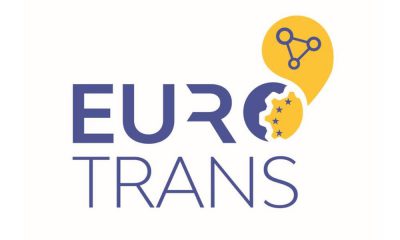
 POWER TRANSMISSION TECHNOLOGIES4 years ago
POWER TRANSMISSION TECHNOLOGIES4 years agoEUROTRANS Board meets for its first session in 2021
